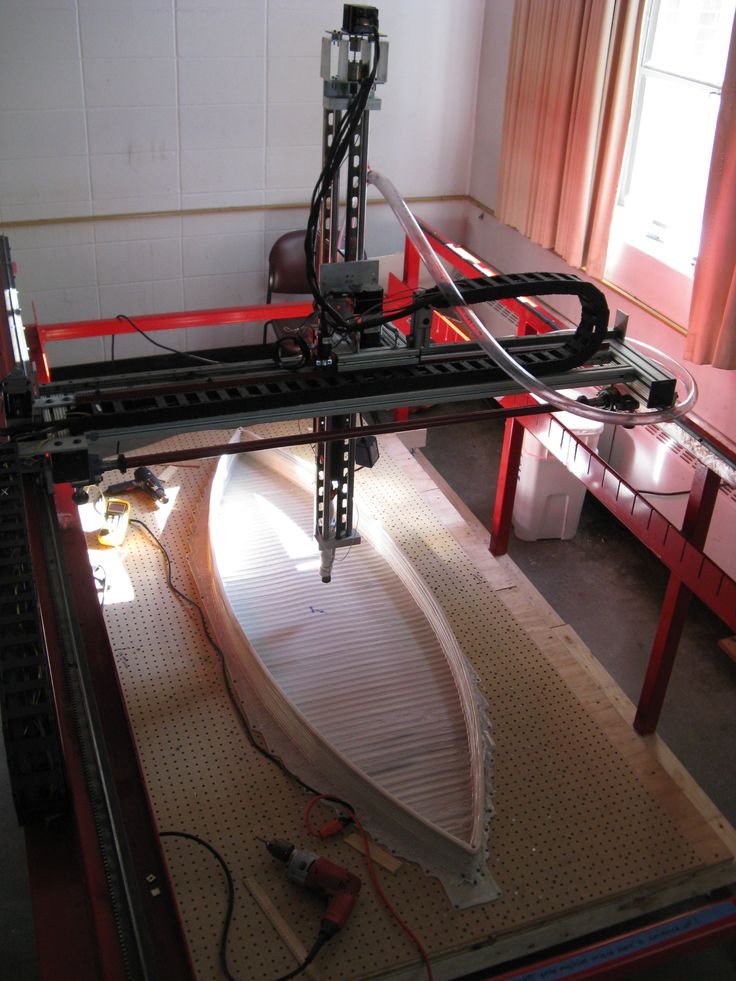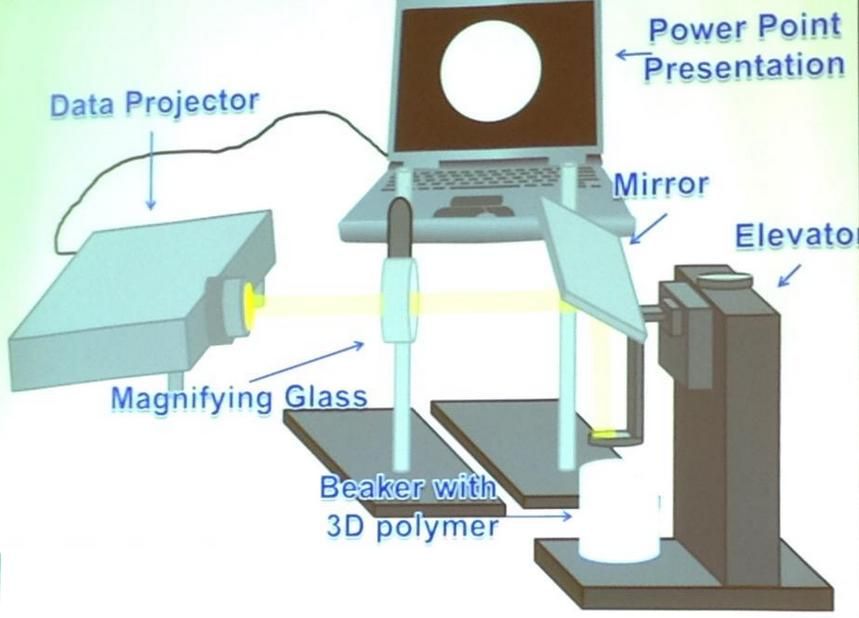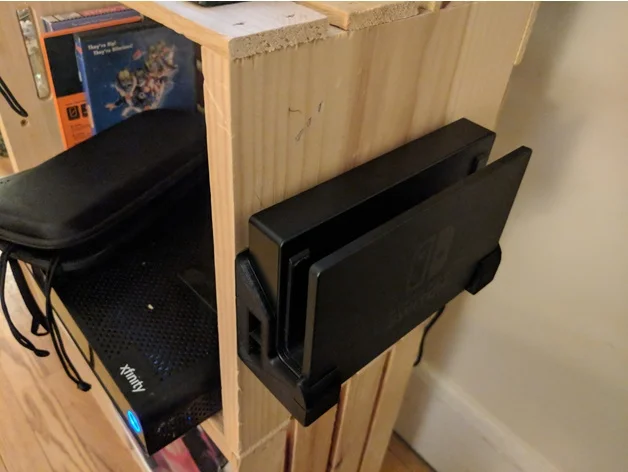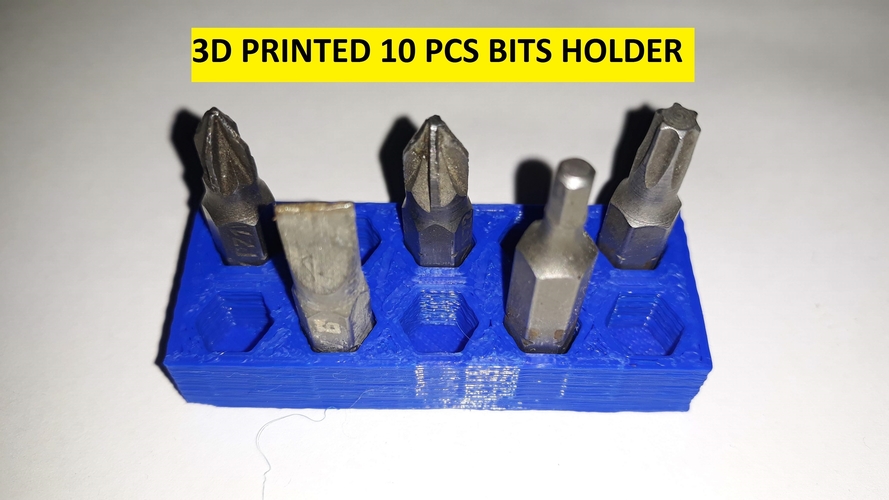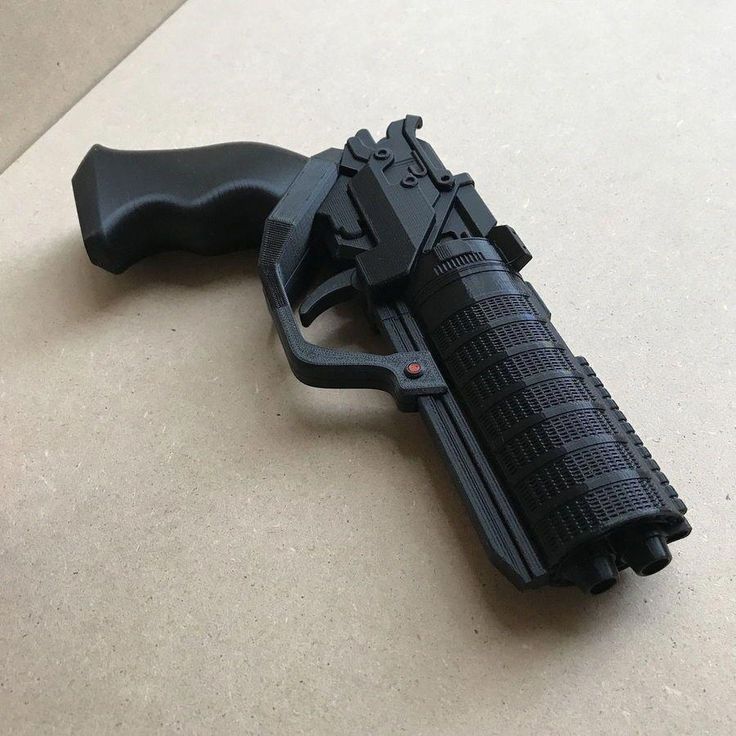Next engine 3d scanner 2023i
NextEngine 3D Laser Scanner
Hardware
Software
Accessories
Service
3D Scanner Ultra HD
Learn More
To capture all the stuff you work with, you want 3D input at your fingertips. NextEngine's exclusive Multi-Laser Technology delivers superior precision and fidelity. Find out what has made NextEngine's Desktop 3D Scanner the World's best-seller. New Ultra HD sensors deliver stunning resolution.
$2,995
Buy Now
30-Day Money-Back Guarantee
MultiDrive
Learn More
Fully automate alignment of multiple scans with tilt/rotary object positioning. Define multiple scan families and with one click execute creation of your 3D mesh model. Just trim unwanted overlapping scan
data, fuse, and polish. A new level of simplicity for NextEngine 3D
Scanner users.
$995
Buy Now
30-Day Money-Back Guarantee
ScanStudio
Learn More
Every NextEngine 3D Scanner comes equipped with high performance Scanning and Modeling Software at no extra charge. ScanStudio manages your scanner hardware, refines your data, and assembles it into a fully healed precise mesh model.
STANDARD
ScanStudio ProScan
Learn More
Increase your scanner performance with the ScanStudio ProScan upgrade. Double scan speed for faster cycle times and capture more surface area with Large Format mode.>
$995
Buy Now
30-Day Money-Back Guarantee
CAD TOOLS
Learn More
Want to convert your mesh model into a CAD model? Need spline outputs or NURBS surfaces? Want to quickly determine volume or surface area? ScanStudio CAD TOOLS gets the job done in one integrated and quick to learn package.
$995
Buy Now
30-Day Money-Back Guarantee
RapidWorks 4.0
Learn More
Are you a Solid Modeling CAD expert? If you need industrial-strength tools to convert Scans to CAD parts, RapidWorks is the World's state-of-the-art in Engineering Software for 3D scan data.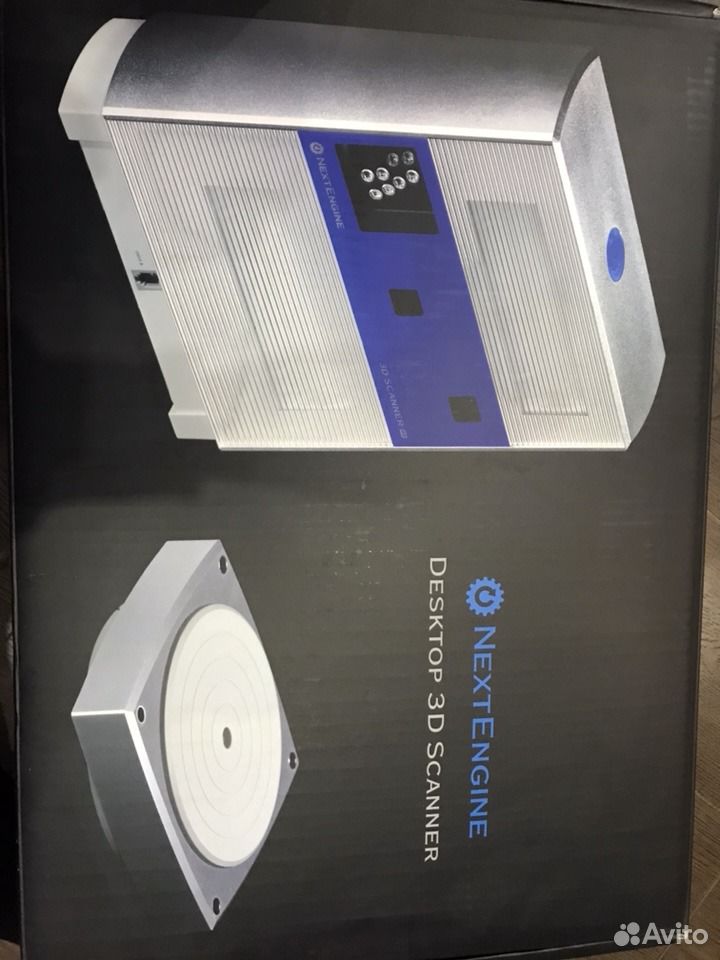 Get robust full feature set design tools for under 3K!
Get robust full feature set design tools for under 3K!
$2,995
Buy Now
30-Day Money-Back Guarantee
QA-Scan 4.0
Learn More
Need fast verification that a physical sample meets design requirements?
QA-Scan provides easy-to-use tools for precisely comparing 3D scans with CAD models. Made for high volume applications, QA-Scan automatically aligns your data, checks tolerances, and produces detailed GD&T reports.
$1,995
Buy Now
3D Curriculum
Learn More
Ten simple lesson plans help students become proficient with the NextEngine 3D Scanner and RapidWorks reverse engineering software. Capture the imagination of your students as they explore the future of 3D design.
$995
Buy Now
Black Bases
Reduce trimming time, replace white platforms on your AutoDrive or MultiDrive positioner with black platforms nearly invisible to the scanner.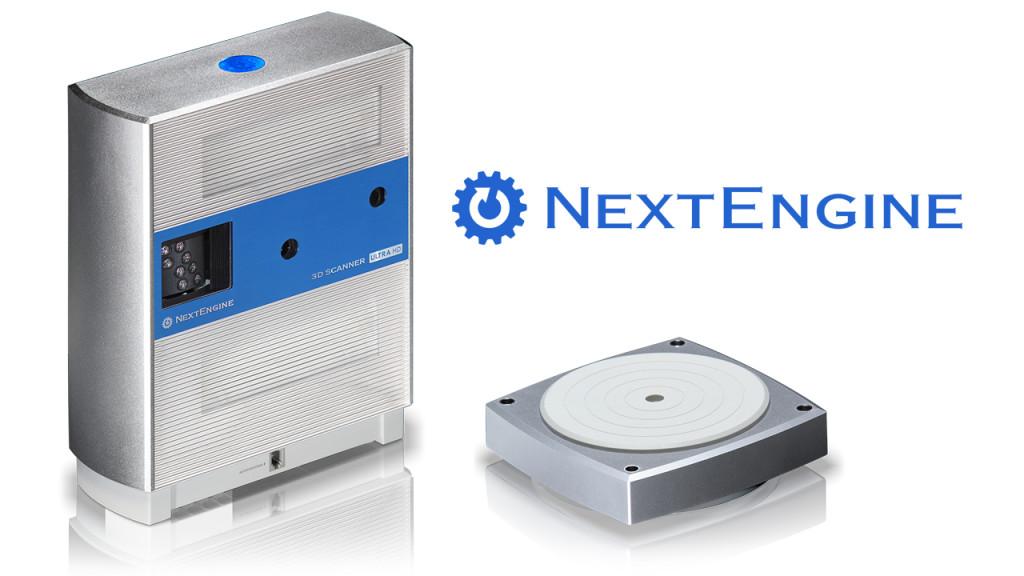
$10
Buy Now
AutoDrive Extension
24 inch extension between Scanner and AutoDrive increases flexibility to orientate large objects.
$10
Buy Now
PaintPens
Learn More
Scan your transparent or mirror-finish objects with these convenient valve-action paint pens. Coat parts with water-based white tempra paint for excellent scanability. Wipes off with a damp sponge. Use at your desk and store in a drawer. One set of PaintPens is included with your scanner.
$15
Buy Now
Extra PowderPen
Learn More
Scan shiny objects with handy pushbutton powder brush pen. Coat parts with microfine talc granules suspended with a trace of lanolin for mild clinging to surfaces. Wipes off easily with a tissue. One PowderPen is included with your scanner.
$10
Buy Now
Extra PartGripper
Learn More
Adjustable stainless steel part-holding fixture has soft silicone pads to protect and grip your part. Use additional Grippers for difficult objects, or to modify for special purpose jigs. One PartGripper is included with your scanner.
Use additional Grippers for difficult objects, or to modify for special purpose jigs. One PartGripper is included with your scanner.
$55
Buy Now
3 Year Extended Warranty
Total warranty coverage for your 3D scanner for repair/replacement of any defect for 3 full years. No charge for any parts, labor, or services.
$295
Buy Now
RapidWorks ProCare
Learn More
Talk with our engineers via phone or real-time NextWiki chat, and get one-on-one assistance from reverse engineering experts. 3 Years of Software upgrades for RapidWorks, plus phone support, priority real-time chat, priority e-mail support, and project-specific assistance.
$995
Buy Now
QA-Scan ProCare
Talk with our engineers via phone or real-time NextWiki chat, and get one-on-one assistance from experts. 3 Years of Software upgrades for QA-Scan, plus phone support, priority real-time chat, priority e-mail support, and project-specific assistance.
$795
Buy Now
ScanStudio ProCare
Learn More
Extends support for your Scanner and ScanStudio software for 3 full years. Includes unlimited support and all major software upgrades.
$295
Buy Now
The Best Accurate 3D Scanners for Manufacturing in 2023
Each new year is an opportunity to improve your processes and products. That often means improving the technology you use within your processes to create your products. That's why we wrote this roundup of the best accurate 3D scanners for manufacturing available in 2023.
Whether you are looking to take the first steps into implementing 3D digitizing solutions or looking for a specific technology for a niche application, read on to learn more about the best accurate 3D scanners for manufacturing available in 2023 and find the right 3D metrology tool for you this year.
3D scanning is useful for measurement and inspection purposes in many applications across various industries, including aerospace, automotive, medical device manufacturing, industrial manufacturing, and many other engineering and technical applications.
Inspection using a 3D scanner allows you to evaluate a complete geometric digital twin of the scanned physical part. This full-field data collection happens because 3D scanners capture millions of geometric data points from the object's surface in seconds— even from intricate or complex shapes. This rapid collection of 3D measurement data is one of the many reasons 3D scanning is extensively used for automotive and aerospace components, which have curved profiles, fine lines and points, and complex geometries.
3D scanning is often used for applications in which traditional inspection and measurement techniques simply can't perform the job as well. Examples include small, molded components, objects with intricate details, and organic or highly irregular shapes.
3D scanning is a powerful tool for quality control in industries requiring fast and reliable data to verify the conformance of products or the efficiency of processes. If resolution, speed, and reliability are important for your business or product, consider investing in 3D scanning.
What Industries use 3D scanning?
3D scanning is extensively used across a range of industries, especially for very small, very large, or very complex geometries. Some of the most common industries which use 3D scanning in manufacturing are:
• Aerospace: Many aerospace components present unique challenges to traditional inspection equipment, given their shape, size, and often complex geometries. The need to reliably verify conformance to strict standards of quality can be met with an accurate 3D scanner for aerospace applications. The measurement and inspection of turbine blades and airfoil profiles can be completed quickly and efficiently with 3D measurement data from a metrology-grade 3D scanner and intelligent 3D metrology software.
• Automotive: Quality control in molded and assembled automotive components is a common use of 3D scanning. Curved body panels, chassis components, and all pressed and injection molded components can be measured and analyzed quickly with an accurate 3D scanner. This inspection speed is a good match for the high-volume production standard of the automotive industry.
This inspection speed is a good match for the high-volume production standard of the automotive industry.
• Engineering Services: Many support services within manufacturing find critical uses for 3D scanners. The ability to reverse engineer components and assemblies provides valuable feedback for product designers. Process development and prototyping services benefit from the accurate data metrology-grade 3D scanners collect. The ability to scan an object and print a replica makes 3D scanners the ideal companions for use with 3D printers.
• Medical: The medical and dental industries use 3D scanners to create 3D models of irregular surfaces and organic shapes that are otherwise difficult to measure and analyze. 3D scanning for the medical industry enables the production of prostheses, orthotics and other dental work that enhances the lives of patients and customers worldwide.
How Much Does a 3D Scanner Cost?
3D scanners come at a range of price points depending on your application and industry.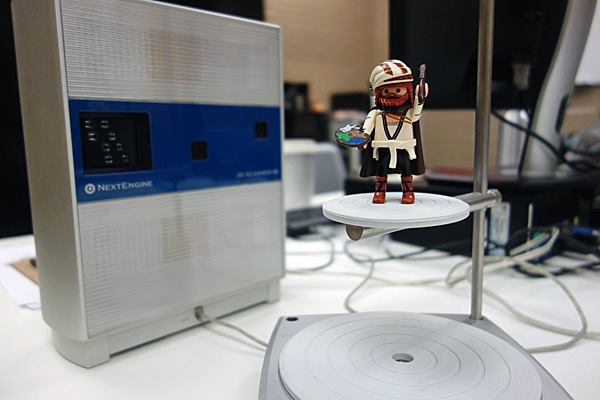 Some entry-level scanners cost only a few thousand dollars, while large-scale automated inspection cells require a significant investment to install and commission.
Some entry-level scanners cost only a few thousand dollars, while large-scale automated inspection cells require a significant investment to install and commission.
Your specific requirements and levels of quality are factors to consider when assessing your budget. The cost of investment in a reliable, high-quality inspection system could be much less than the cost of producing poor-quality products.
To scope a particular application, contact us!
Which Type of 3D Scanner is the Best?
Determining which type of 3D scanner is best depends on your specific application and requirements. There are, however, some general guidelines to consider for which scanner works best and in which situation.
• Size: The size and geometry of your component are vitally important to determine which scanner is best. Small parts may be scanned using stationary 3D scanners or with the use of a rotation table. Aircraft fairings and car chassis are commonly scanned using automated robotic 3D scanning cells.
• Tolerance: If the tolerance to which you are working is not challenging, then a low-resolution 3D scanner may do the job. However, for manufacturing, engineering services, metrology, or process control, you will need a high-resolution 3D scanner to confirm that the products or processes meet their specifications.
• Part finish: You should also consider the color and texture of your parts when shopping for a 3D scanner. Low-grade 3D scanners struggle to capture accurate readings and details of parts with certain surface textures. However, CAPTURE 3D's industry-leading structured light technology offers various solutions to collect data from any surface color, surface roughness or finish.
• Portability: In-process monitoring of products and near-line metrology can use stationary (fixed-in-place) 3D scanning systems. Consider whether your business needs the added flexibility to scan objects in different locations, premises, or in the field. In this case, a more portable solution, such as a compact 3D scanner or handheld scanning system, may be appropriate. CAPTURE 3D offers a range of 3D scanners in different form factors to meet diverse business needs.
In this case, a more portable solution, such as a compact 3D scanner or handheld scanning system, may be appropriate. CAPTURE 3D offers a range of 3D scanners in different form factors to meet diverse business needs.
The Best Type of 3D Scanner Technologies
3D scanners generally work using similar basic principles. Light is beamed onto an object's surface, and a camera or sensor captures the reflection. The sensor is a known distance and angle from the light source, so the object's position can be calculated by working out the angle of reflection. As more beams of light are passed over the object's surface, a point cloud is generated, which becomes a 3D model, or geometric digital twin, representing the physical object.
There are two basic types of 3D scanner technologies commonly used:
1. Laser Triangulation: With laser triangulation, individual beams of light are emitted from a laser onto the surface of an object. A sensor captures the reflection of the laser.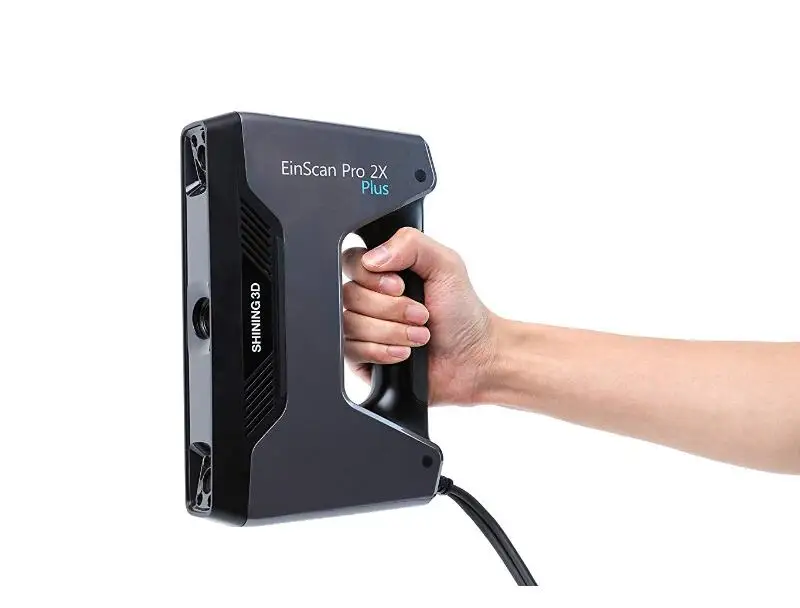 The laser and sensor are positioned close to each other, facing the object. The three points (the emitter, object, and receiver) form a triangular shape. The precise position of the object is then measured using trigonometry.
The laser and sensor are positioned close to each other, facing the object. The three points (the emitter, object, and receiver) form a triangular shape. The precise position of the object is then measured using trigonometry.
2. Structured Light: Structured light is an advanced method of using laser triangulation. The 3D scanner projects a fringe pattern onto the object's surface. Although the telemetry and computations required are much greater for structured light than laser triangulation, the results are also much better. The time to scan a surface is much faster using structured light, and the resolution is much finer.
Best 3D Scanners for Manufacturing in 2023
CAPTURE 3D's collection of accurate 3D scanners is trusted across many industries for various applications. See our list of the best scanners for manufacturing available in 2023 below.
• GOM Scan 1
GOM Scan 1 is a compact 3D scanner that makes a big impact. GOM Scan 1 uses blue light fringe patterns to capture millions of data points to digitalize small to medium-sized objects accurately. The lighting and projection technology filters out ambient light from the environment, making this one of the most robust 3D scanners for small parts available on the market.
The GOM Scan 1 is most commonly used for 3D printing, reserve engineering, design, and medical and healthcare applications. This compact 3D scanner is easy to set up and compatible with automatic turn tables for a semi-automated 3D scanning experience.
• ATOS 5
ATOS 5 is CAPTURE 3D's flagship product. ATOS stands for Advanced Topological Optical Sensor, and the system delivers on its advanced claim. Engineered with industry-leading features, ATOS 5 is the right choice for professional 3D scanning results.
The highly powerful light source allows the collection of precision data, even in harsh industrial lighting conditions. This blue light 3D scanner rapidly collects accurate data, with speeds as fast as 0. 2 seconds per scan and 100 frames per second.
Ideal for industrial automation, the speed and accuracy of the system lends itself to the inspection of manufactured components and automotive and aerospace assemblies.
• ATOS 5X
ATOS 5X is optimized for larger components and assemblies and is ideal for automotive panels and aerospace fairings. Using an integrated laser light compressor, ATOS 5X generates an extra-bright blue light to collect accurate, high-resolution 3D scan data. This capability enables data collection from large surface areas in record time, such as the complete digitalization of large automotive panels in 0.2 seconds.
ATOS 5X is engineered for tooling companies, press and molding producers, automotive body shops, and car manufacturers. Automating your ATOS 5X lets you 3D scan an entire car body, inside and out, in only about 30 minutes.
• ATOS 5 Airfoil
The ATOS 5 Airfoil takes CAPTURE 3D's industry-leading ATOS 5 platform and optimizes the system for the aerospace and power generation sectors.
Aerospace and turbine components are particularly challenging to digitize and inspect because of their complex geometry, demanding specifications, and sensitivity to geometry defects. ATOS 5 Airfoil features a sensor design that brings the lenses closer to deliver a deeper field of view. This modification allows for the capture of more intricate details and higher resolution data to be collected. Ideally suited for turbine blades, nozzle guide veins, and compressor components, this accurate 3D scanner can be used manually or integrated into an automated cell.
Aerospace and defense companies trust the ATOS 5 Airfoil for their manufacturing and inspection requirements.
• ATOS Compact Scan
Lightweight, compact and portable, the ATOS Compact Scan is ideal for use on the go. Weighing only 4 kg, the system is ideal for the lab, shop floor, in the field, or in production environments.
The ATOS Compact Scan's advanced lighting technology can quickly capture between 8 and 12 million data points in just one second. The system offers high-end performance with the convenience of packing everything you need into a single carry case: the scanner, laptop, software and all the accessories.
Designed for manual use, the ATOS Compact Scan can be easily paired with a touch probe (for example, while measuring deep blind holes), with the ability to change between contact and non-contact data collection instantly.
• ZEISS T-SCAN hawk 2
The ZEISS T-SCAN hawk 2 is a handheld 3D scanner offering a vast range of flexibility. With pre-installed GOM Inspect Software, this accurate 3D scanner requires no additional hardware before getting to business and capturing high-resolution data.
The ZEISS T-SCAN hawk 2 is the first portable handheld laser scanner with the new satellite mode to scan large areas without coded markers. Satellite mode allows you to collect accurate 3D measurement data from areas multiple meters in size. You can use this handheld 3D scanner in unique situations, such as maintenance, repairs, large-scale objects, construction and legacy component applications.
The ZEISS T-SCAN hawk 2 is the best handheld 3D scanner for accuracy, speed and portability for many industries and applications.
• ATOS Q
Q is for quality on this metrology grade digitizing 3D scanning system. Similar in design and specification to the flagship ATOS 5, it offers a lower price-to-performance standard for quality control equipment in the manufacturing industry.
Capable of capturing 8 to 12 million points per scan, this accurate 3D scanner comes with interchangeable lenses. The ability to quickly change lenses provides flexibility to meet your needs as they change.
Specially designed for metrology and industrial applications, the ATOS Q can be integrated into semi-automated or fully-automated solutions, including the GOM ScanCobot or the ATOS ScanBox 4105.
Wondering Which 3D Scanner is Best for Me? Contact Us!
The demanding nature of modern manufacturing means 3D scanning provides a huge advantage over other inspection techniques. The ability to tap speed, accuracy, precision, and flexibility using a non-contact solution makes a compelling case for exploring 3D scanners in 2023.
The best way to learn which 3D scanners to use for your manufacturing application is to experience a demo with a CAPTURE 3D team member. You can also download our ROI calculator to help you learn how quickly you can receive a return on your technology investment!
how to assemble a 3D scanner from scrap materials and digitize reality — T&P
The first 3D printers that cost less than a gaming computer have become a mandatory attribute of almost any hackspace or fablab (laboratory of technical creativity and electronic art). Now 3D scanners have joined them. MIPT student and employee of the Polytechnic Museum Daniil Velovaty himself assembled a three-dimensional scanner from a laser, a webcam, and scrap materials. As part of the special project Phystech. Reader" he told T&P about the future of reality scanning.
Daniil Velovaty
It was easy to get used to 3D printers: I drew the desired detail or figure on the computer, loaded it into the printer, and a few hours later I took its embodiment in plastic. Yes, what about plastic, they are already printing in metal, and even in organic matter: they recently printed a living liver. No wonder you want to go further. The next step is scanning. Oddly enough, but before the advent of 3D printers, there was no great need to transfer a real object to the digital world: the creators of games and films simply hired artists who drew whatever was needed. The need for scanners arose only when it was important to convey the relief and shape of an object with very high accuracy. At the same time, neither the duration of the scan nor the cost were often completely unimportant. This is how the first representatives of 3D scanners appeared: lidars.
Lidar (from English Light Detection and Ranging) is an expensive but very accurate device. It allows you to build 3D models of objects with an accuracy of millimeters, the size of which can be compared with the size of a building. From the decoding of the abbreviation LIDAR, it follows that it is any rangefinder that measures distance using light. An incredible number of devices fall under this description. But most often, devices like this are called lidars:
A special system of mirrors is placed inside the device. A phase laser rangefinder is installed here, which measures the distance using a laser, and two mirrors serve to deflect the laser beam in two planes. Thus, the ray runs through a certain sector of space and builds its 3D model. As you might guess, the speed of such a scanner depends on the speed of the rangefinder and the speed of rotation of the mirrors. And since all this is quite complex equipment that requires fine tuning, it costs quite a lot of money. It is much more profitable to order a scan than to buy the machine itself. Moreover, you still need to figure out how to use it.
As industrial devices were, to put it mildly, beyond the reach of the average consumer, and the need to scan reality grew, cheap desktop and handheld 3D scanners appeared. The former, as a rule, have a turntable on which the object under study is placed. A few minutes after the start of the scan, we will get the finished model. Of course, the scan quality and the size of the scanned area are incomparable with lidars, but they cost several orders of magnitude cheaper. It is to this class of devices that the scanner we developed belongs. The main problem with these scanners is that the object to be scanned must fit on a turntable, which greatly limits the scope. Another significant disadvantage of these scanners is the incompleteness of scanning and blind spots. If, for example, you try to scan a vase, the scanner will only see its outer part, and not the cavity inside.
The second type of scanners are handheld 3D scanners. They need to be moved around the object by hand, but they build a model with the help of cameras. The operation algorithm of such scanners is much more complicated, they are more expensive, and the quality of the result is worse, but they allow you to scan large objects and spend less time on it. They look something like this:
One of the main advantages of such a scanner is that it is not limited by the scanning area. We can scan, for example, a person's face without having to place their head on a turntable. With a certain diligence, even an entire room can be scanned, if only the positioning accuracy allows it. To improve accuracy, you can stick special marks that the scanner finds and uses as reference points. Actually, in the photo above, this is what was done. This approach limits the scanning area, but, unfortunately, here either the sheep are safe or the wolves are full.
In our lab, we decided to create a cheap 3D scanner with an accuracy comparable to that of 3D printing. This was our first serious project, so we made mistakes, misunderstood a lot, and learned even more along the way. We first built a simple laser rangefinder using a laser pointer and a webcam. To understand how a 2D camera can measure distance, you have to use your imagination. Imagine a thread stretched in the air, along which a spider is crawling. If we stand close to the rope, we see how the spider is crawling straight towards us (not a very pleasant sight). And if now we shine a lamp on this whole structure from the side, we will see a shadow on the floor. Since the light comes from the side, the projection of the spider will move along the projection of the thread. By measuring the distance from the beginning of the thread's shadow to the spider's shadow, we can calculate how far the spider has crawled by multiplying by some factor, because we are creating a contraction mapping.
Our scanner works in much the same way. Only instead of a thread - a laser beam, and instead of a screen with a shadow - a camera. Just as a spider moves along a thread, a spot moves along the laser beam, which occurs when this beam encounters an obstacle. Having found the position of the spot in the photograph, we can determine the distance to the object on which this spot is located. In words, it is difficult. It looks simpler in the picture:
The farther the wall, the closer to the dotted line will be the pfc point on the camera matrix
But such a rangefinder measures the distance to a single point, and this takes a very long time. Therefore, we put a lens on the laser, which turns the laser spot into a laser line. Now we measure the distance to hundreds of points at once (after all, a line can be represented as a set of points), it remains to build a system that allows this line to go through the entire object, and for this we need a turntable on which the object is placed.
The scanner itself is assembled from plywood pieces that have been laser cut. To rotate the table, a stepper motor is used, which is controlled by a board developed by us. It also controls the brightness of the laser and backlight.
The image from the camera is processed on a computer; a Java program was written for this. After scanning is completed, the program generates a so-called point cloud, which, using another program, are combined into a full-fledged model. This model can already be printed on a 3D printer, that is, a copy of a real object can be obtained.
Don't miss the next lecture:
Theory and practice
Tags
#3D printers
#MIPT
#technology
-
9 702
Scanform - professional handheld 3D scanners
Our clients
See all3
Well Technology Company
Manufacture of industrial ventilation equipment
Well Technology
FENDERIST — Vladivostok
Development and production of tuning parts
fenderist. com
BoatService – Croatia
Boatservice Group — A network of yacht service shops operating in Croatia, Slovenia and Montenegro since 2008. Perform almost…
boatservice.eu
Bratuhin Customs - Izhevsk
Production of individual motorcycles and components: 3d scanning, reverse engineering, production and installation of side trailers…
bratukhincustom.com
Physics Racing - St. Petersburg
Quality construction, repair and maintenance of sports cars. Professional approach to work, preparation for exhibitions and competitions…
fizikaracing.vsite.biz
RMM manufacturing — Novosibirsk
Manufacture of downpipes and exhaust systems for Mercedes, BMW, Porsche, Audi, Aston Martin, McLaren, etc.
CAD Engineer
Affordable 3D scanning and CAD design services in Florida, US
facebook.com
KMZ - St. Petersburg
Kingisepp Engineering Plant - a domestic manufacturer of diesel, heat exchange and deck equipment
kmz1.ru
DirTire - Vladivostok
Manufacturing, engine swaps, design, CNC laser cutting, welding, custom work, 3d scanning, 3d printing.
4
"Sport brake systems" - JBT
CTC (Sports Brake Systems) is an official dealer of high-tech brake systems JBT, providing significant . ..
View photo report
4
LLC "TAURUS" - Istra
LLC "Taurus" provides services for clearing land from unwanted trees and shrubs using mulchers.
View photo report
mulcher-taurus.ru
3
Steffi Group - Rostov-on-Don
The company specializes in laser cutting, marking, CNC metal processing, CNC tube and bar bending. 3D modeling, scanning…
View photo report
cnc-services.ru
14
SWAP POINT
The company specializes in engine swaps and car modifications. As the guys say about themselves: “We swap everything that moves, and what ..
See photo report
youtube.com/Swap
5
SVS-Sochi
Russian company for the development and production of tuning components for cars of any class with its own unique design.
View photo report
5
Magic Print
3D printing, 3D scanning, design and modeling in Chechnya
See photo report
6
3D-Cartel — St. Petersburg
3D-Cartel offer a range of services for: 3D scanning, 3D printing, Modeling, Reverse engineering, wax casting and aluminum casting
See photo report
6
Box 3D - Moscow
Specializes in 3D printing: large-scale objects, engineering composites, 3D scanning, modeling, design
See photo report
box3d.






